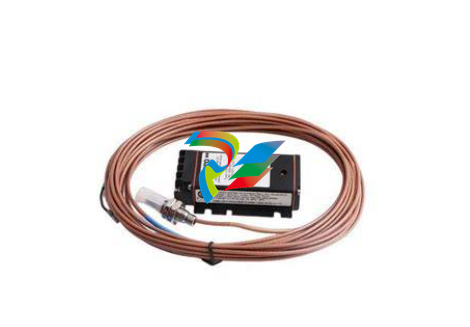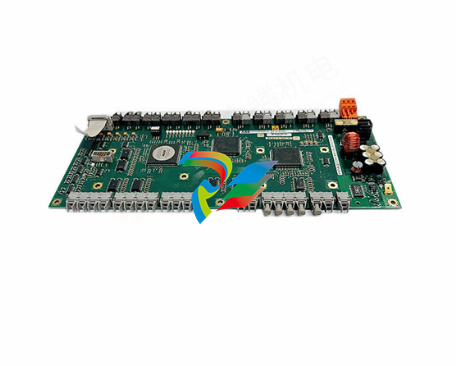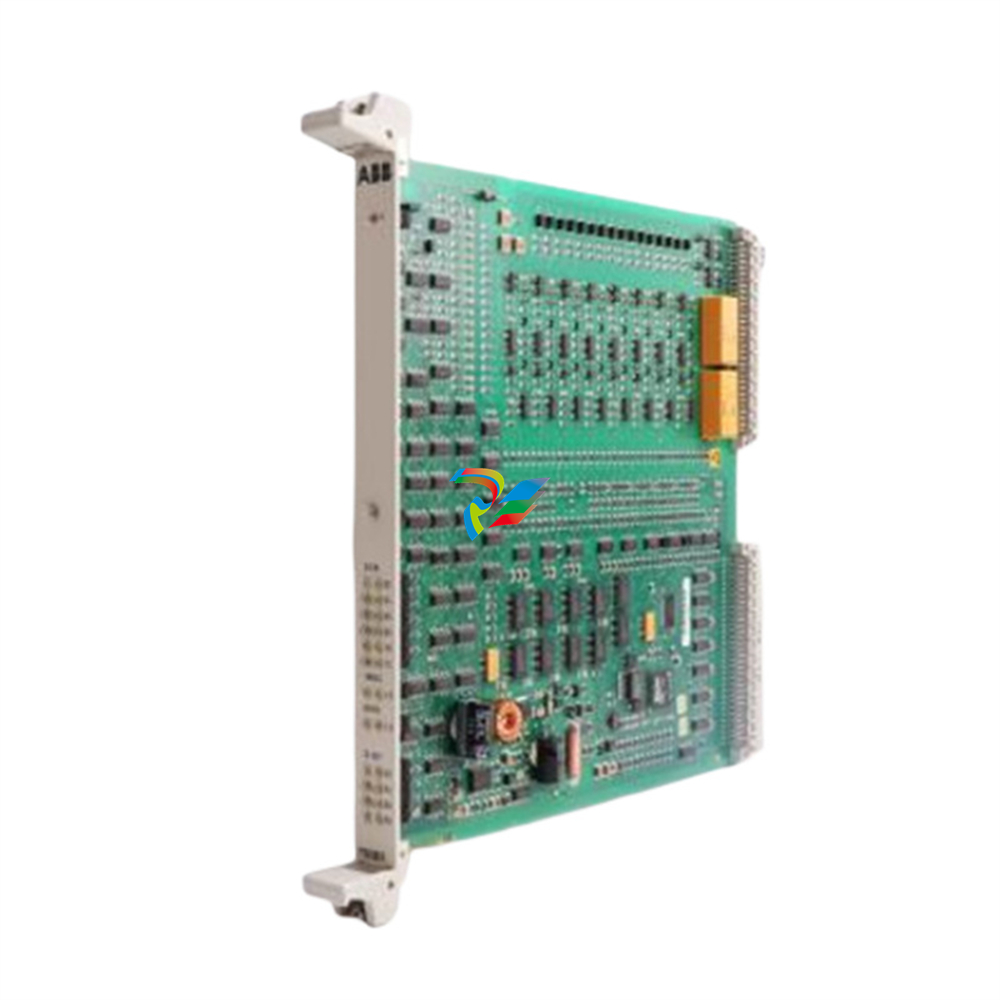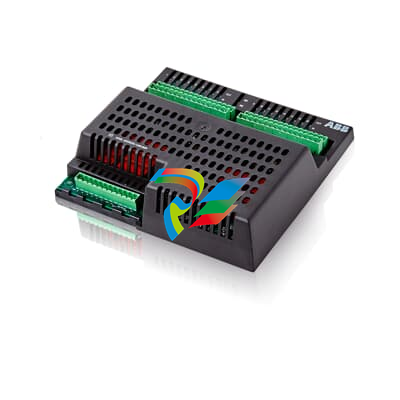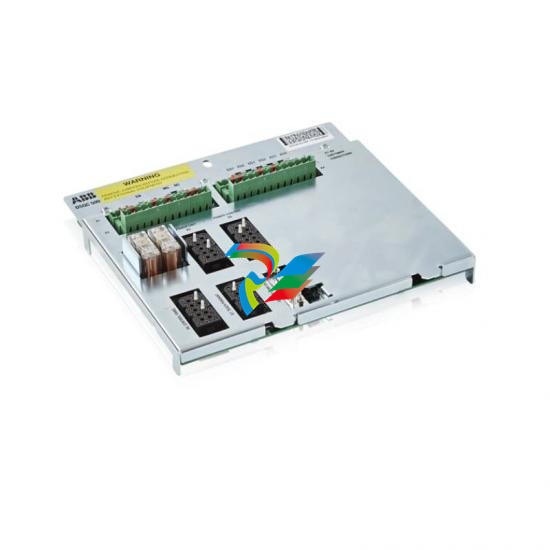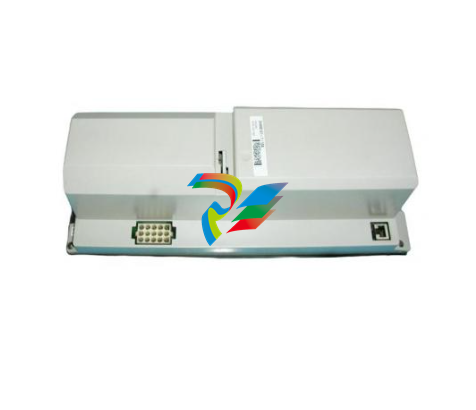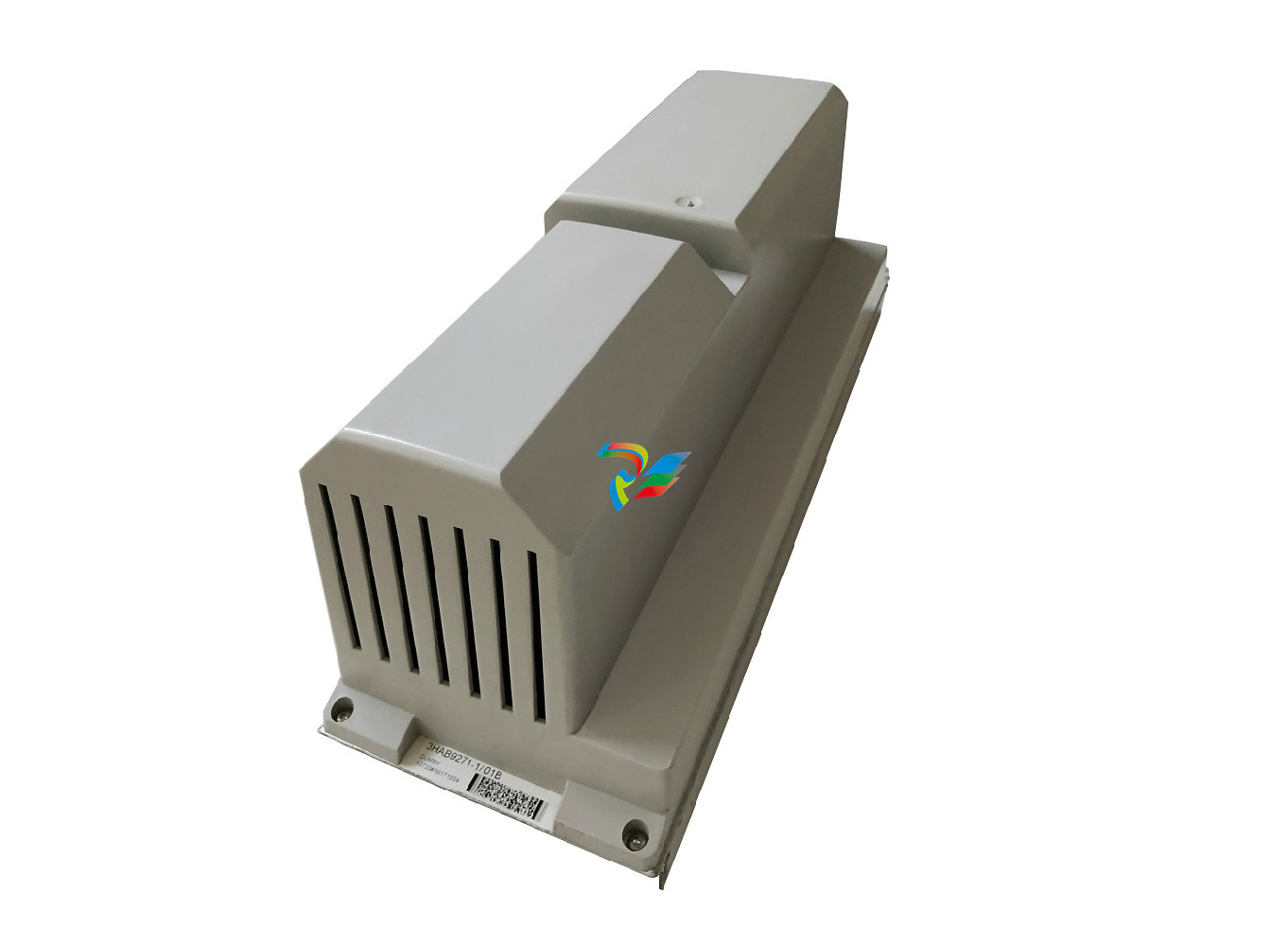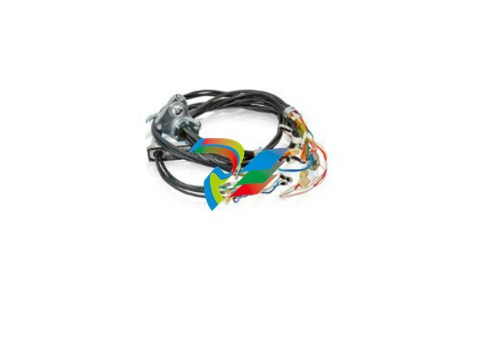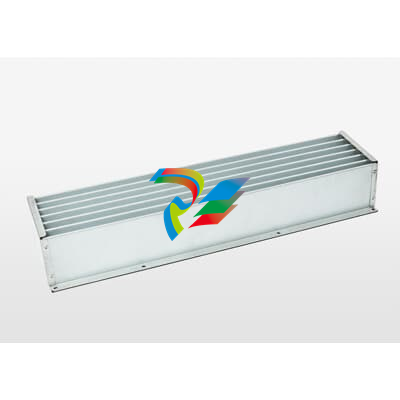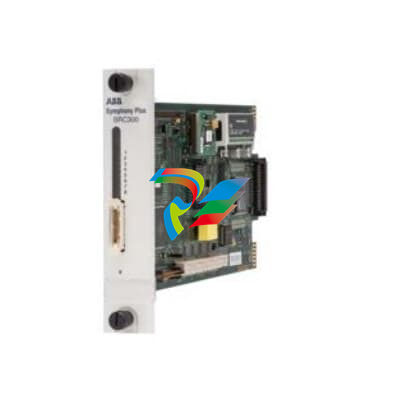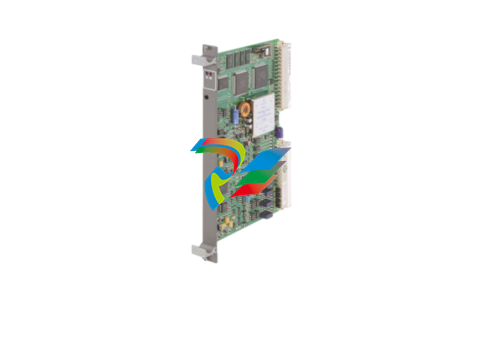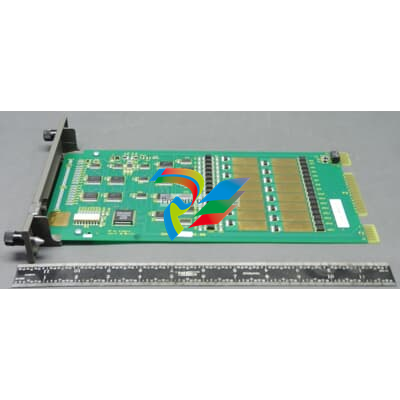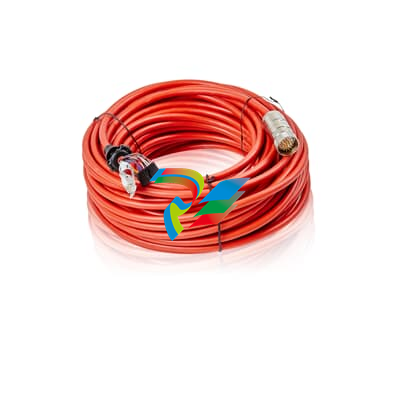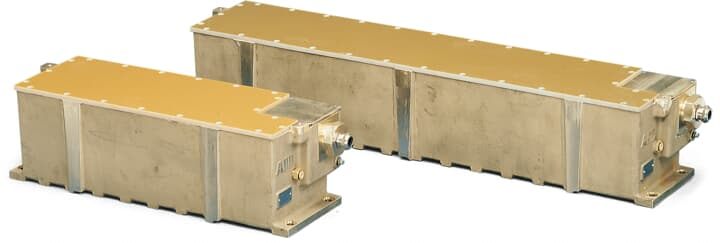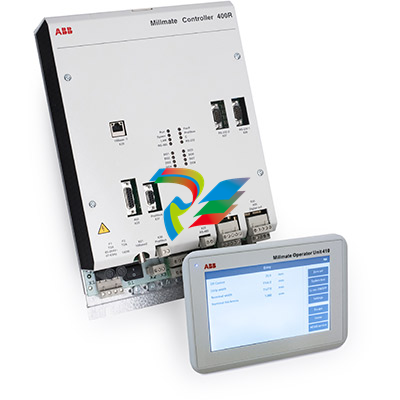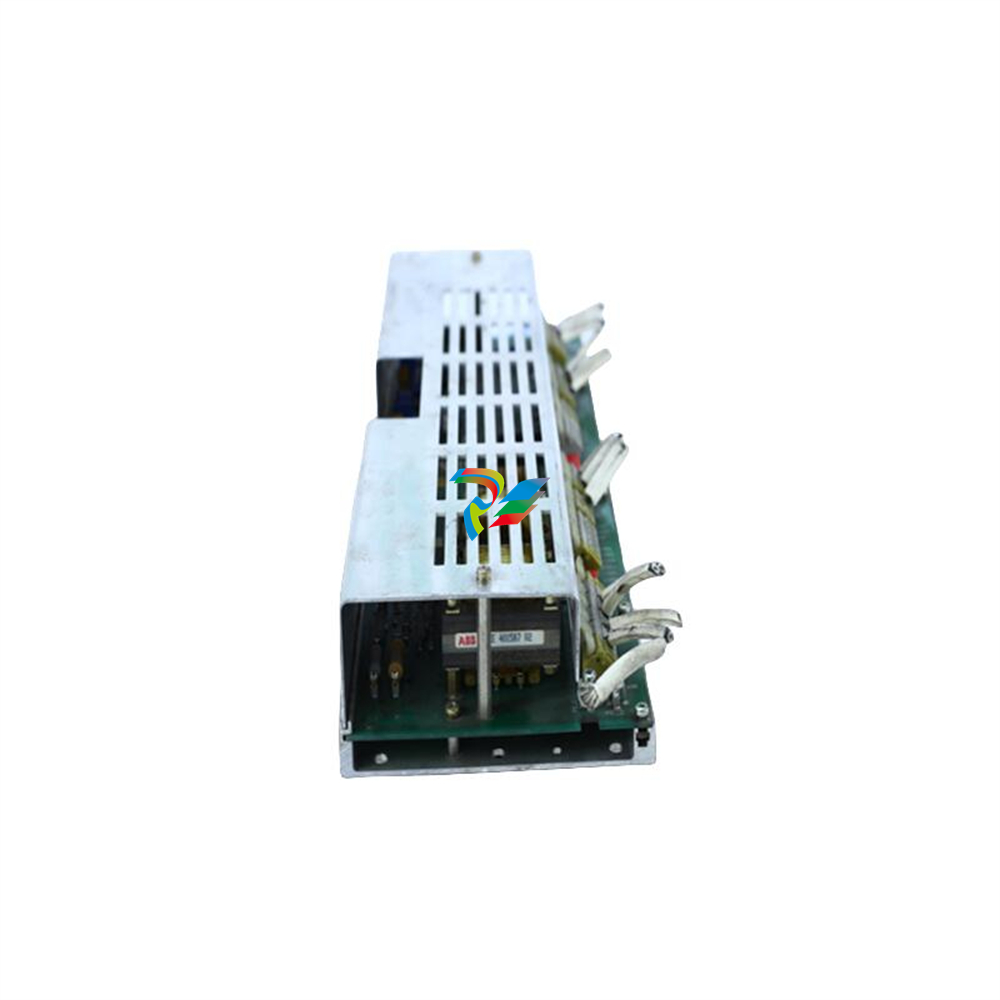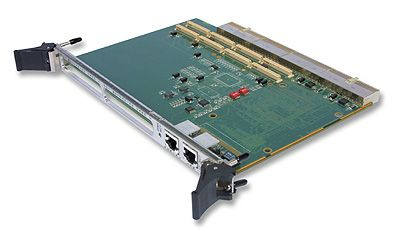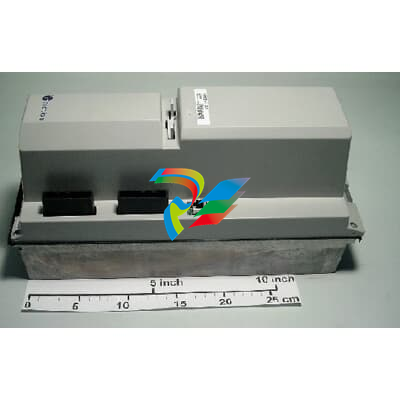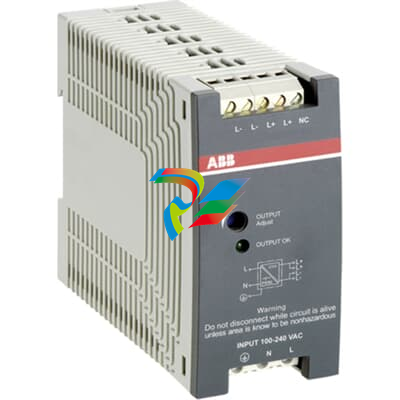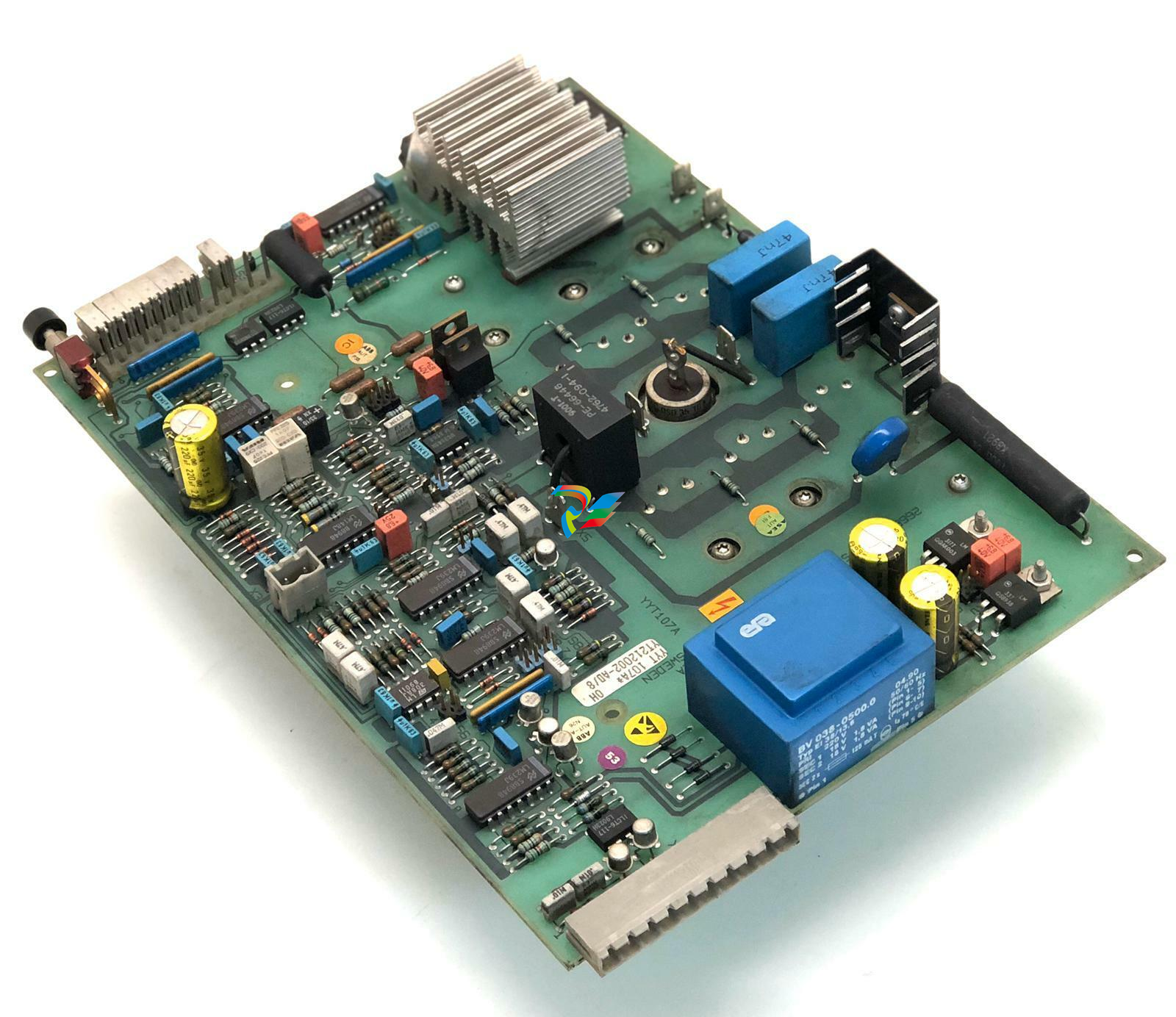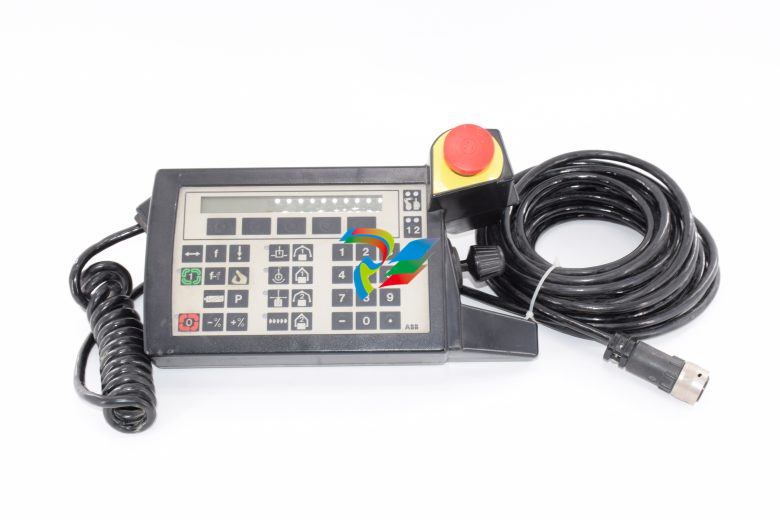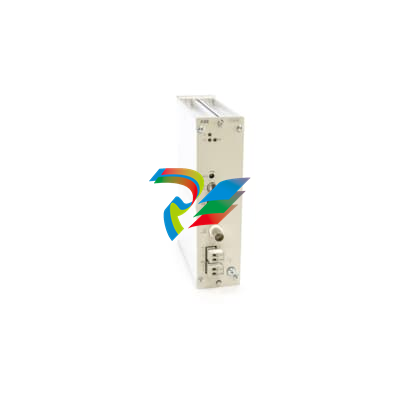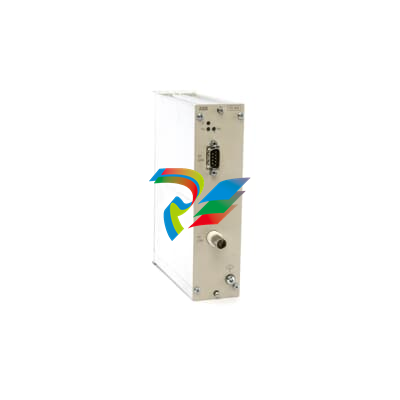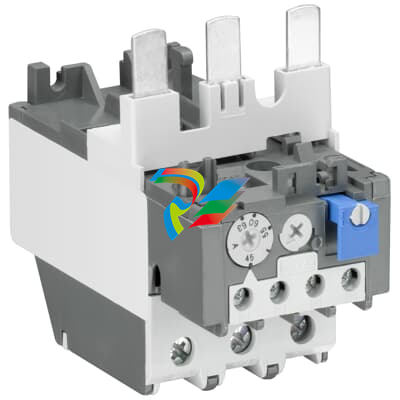
GESPEEDTRONIC™ MARK V STEAM TURBINE CONTROL SYSTEM
INTRODUCTION
The SPEEDTRONIC Mark V is the latest version of GE’s long series of highly reliable electrohydraulic control (EHC) systems for steam turbines. Its heritage consists of a long list of
successful control systems, including the first EHC
Mark I steam turbine control built in the 1960s,
and the SPEEDTRONIC Mark I-IV gas turbine
control. The Mark V continues to combine the
best turbine and generator design engineering
with the latest electronic controls engineering to
provide a modern, yet experienced controls package (Figure 1).
The Mark V is the third generation of triple-redundant microprocessor-based turbine controls that originated in 1982, with the Mark IV1 and was followed in
1987, with the DCM2. GE has an installed base of
over 1,000 running triple-redundant, steam and gas
turbine control systems. The Mark V family of turbine controls for the 1990s, offers a common control
architecture for small, medium, and large steam turbines, turbine-generator monitoring systems, generator excitation systems, and gas turbine controls.
Some of the features are:
• Common Architecture, Maintenance, and Spare
Parts between steam turbine, gas turbine,
and other controls
• Very flexible, PC-based operator interface
with Color Monitor and Logging Printer with
alarm log, event log, historical trip log, etc.
• Common operator training and controls for steam
and gas turbines in combined-cycle STAGTM
plants
• Full Turbine-Generator Monitoring for all sizes
of turbines can be included
• High Resolution Time Tags including 1 ms time
tags of contact inputs
• New Communication Links to plant controls
• Distributed Multiprocessor Control in each controller for maximum processing capability
• Enhanced Diagnostics that can isolate a fault to
the card level in any of the triple-redundant
controllers
• On-Line Repair of the triple-redundant controllers
• Standard built-in Synchronizing Check
Protection
• Fully Digital Valve Positioning to provide a
more linear response of the steam turbine
• Direct Interface to Turbine Devices, including
proximity monitoring equipment
• Compact Packaging in half the cabinet size of
the previous control system
CONTROL SYSTEM HISTORY
From their introduction in the late 1800s,
steam turbines were governed by mechanical
hydraulic control (MHC) systems. Speed was controlled by a flyweight governor of James Watt heritage, signals were transmitted by levers and links
or hydraulic pressure signals, and motive power to
control steam valves was provided by low-pressure

hydraulics. Refined to the utmost, this technology
was used through the mid-1960s, to control such
sophisticated units as double-extraction industrial
turbines, large double-reheat fossil units, and the
first nuclear units incorporating pressure controls
for BWRs. The complexity of these later controls
clearly showed that a new technology was needed.
ANALOG CONTROLS
GE introduced the electro-hydraulic control
(EHC) system for steam turbines in the 1960s.
The first medium-size unit went into service in
1961, and the first large reheat unit in 1968. The
proportional controls used analog circuitry with
dual redundancy for speed control and single
channel for other controls. The logic and protective system was implemented with relays.
The original Mark I system consisted of discrete
component analog circuitry. In the 1970s, these
circuits were modernized to take advantage of integrated circuitry (IC) technology as well as solid
state logic circuits for some of the protection and
logic. This resulted in the EHC Mark II, which had
many IC components and a new cabinet arrangement, while the subsequent Mark III, used only on
small- and medium-sized turbines, employed ICs
throughout and also included electronic speed
sensing and microprocessors for automation.
A major improvement for both medium and
large steam turbine controls was a reduction in
component count with a resultant increase in reliability. The EHC Mark II version for large steam turbines, in addition to integrated circuits, also introduced triple-redundant protection systems for the
functions that can cause a turbine trip, resulting in
further improvement in running reliability by virtually eliminating spurious forced outages.
The associated high-pressure hydraulic system,
using 1600 psig (110 bar) fire-resistant fluid, has
undergone gradual improvement through the
years. The basic technology is still in use for the
new electro- hydraulic controls.
The history of analog controls, as well as the
new digital controls, is summarized in Table 1.
The reliability of EHC systems developed
according to a classic learning curve shown in
Figure 2. The step change in reliability realized
with the EHC Mark II is attributed to two factors:
the superior reliability of integrated electronics
and the introduction of triple-redundant protection logic described above.
DIGITAL CONTROLS
While GE steam turbines were being shipped
with these EHC systems through the mid-1980s, in
the early 1980s, GE’s Gas Turbine Division introduced the very successful triple-redundant digital
control system – the SPEEDTRONIC Mark IV.
The first triple-redundant steam turbine control
system for utility turbines, the DCM system, was
